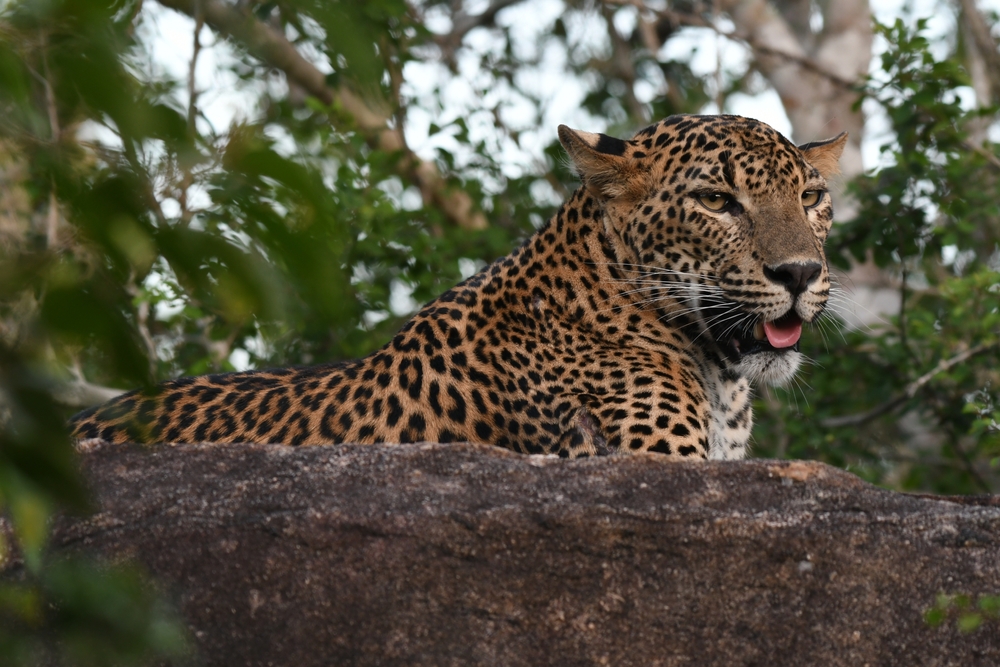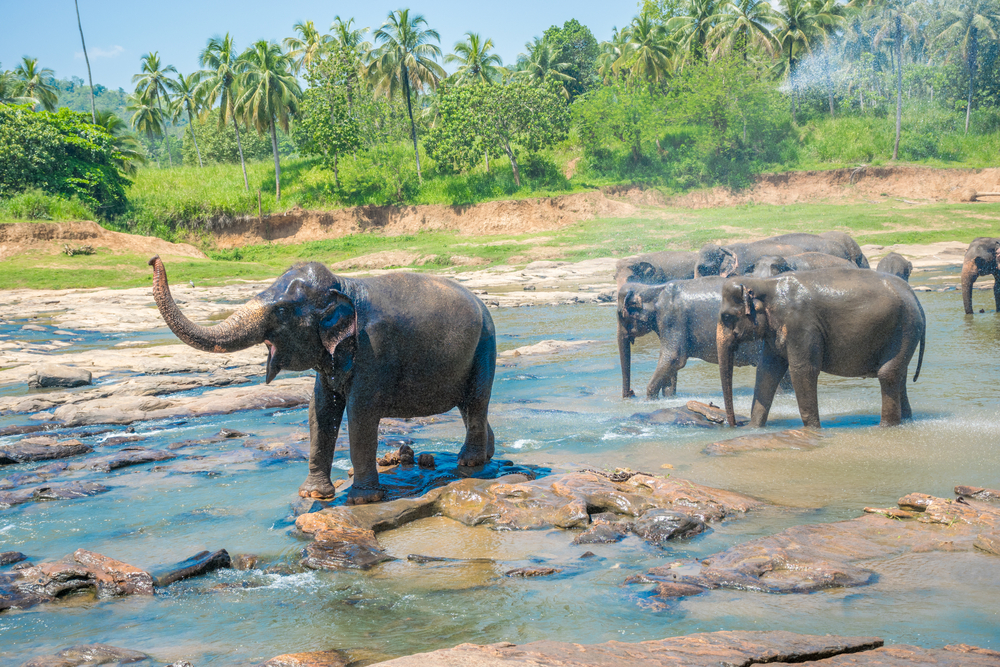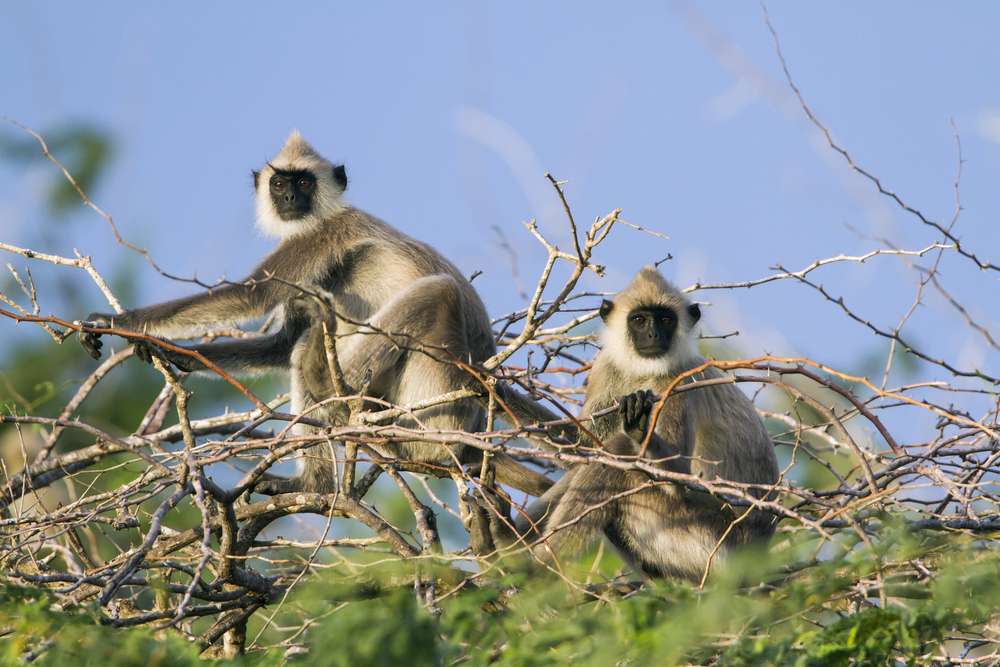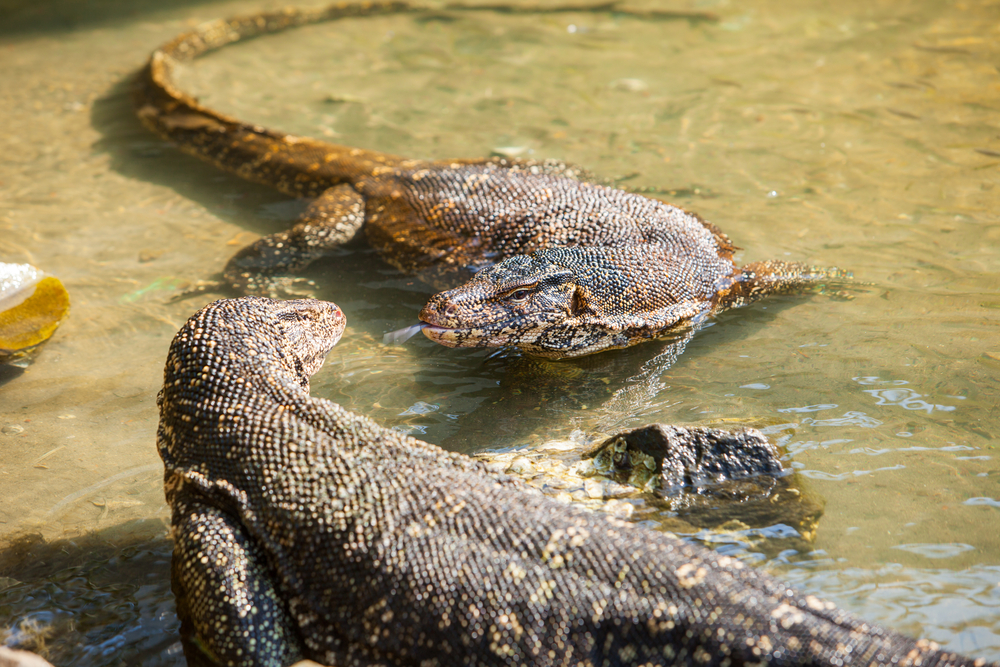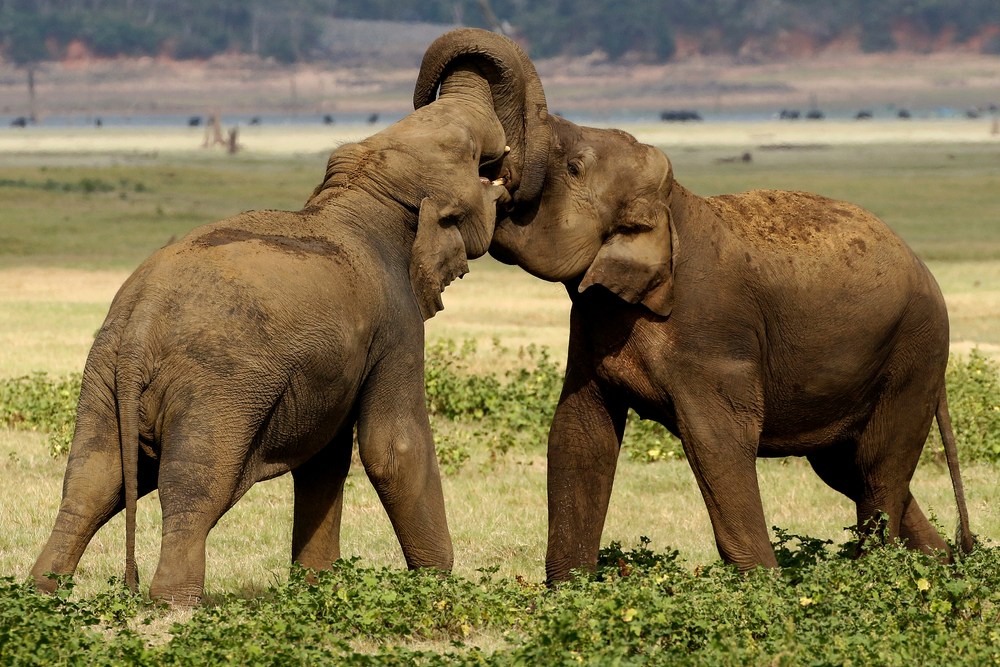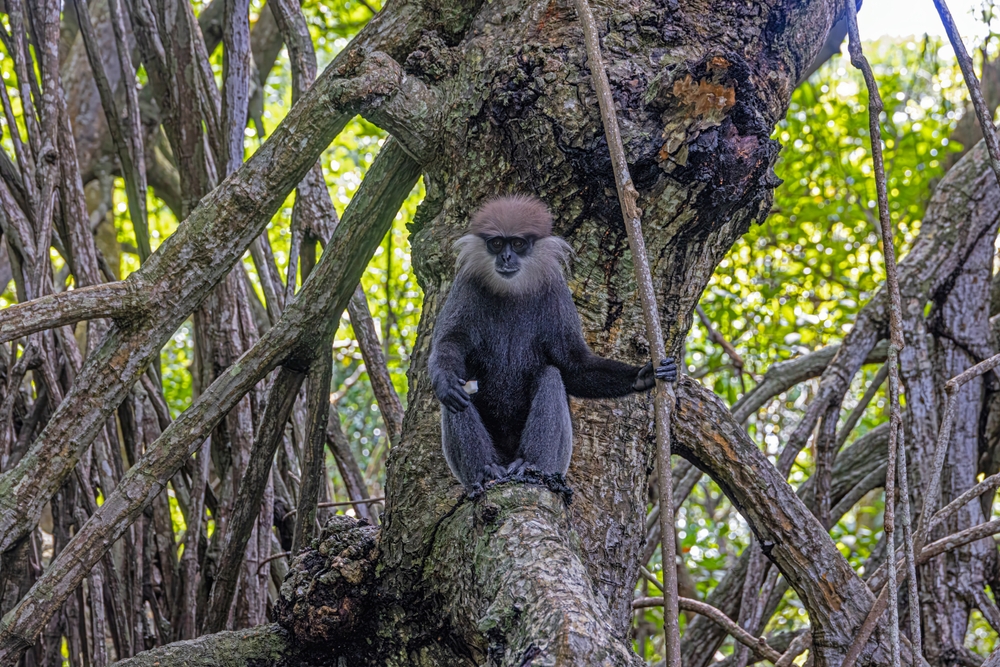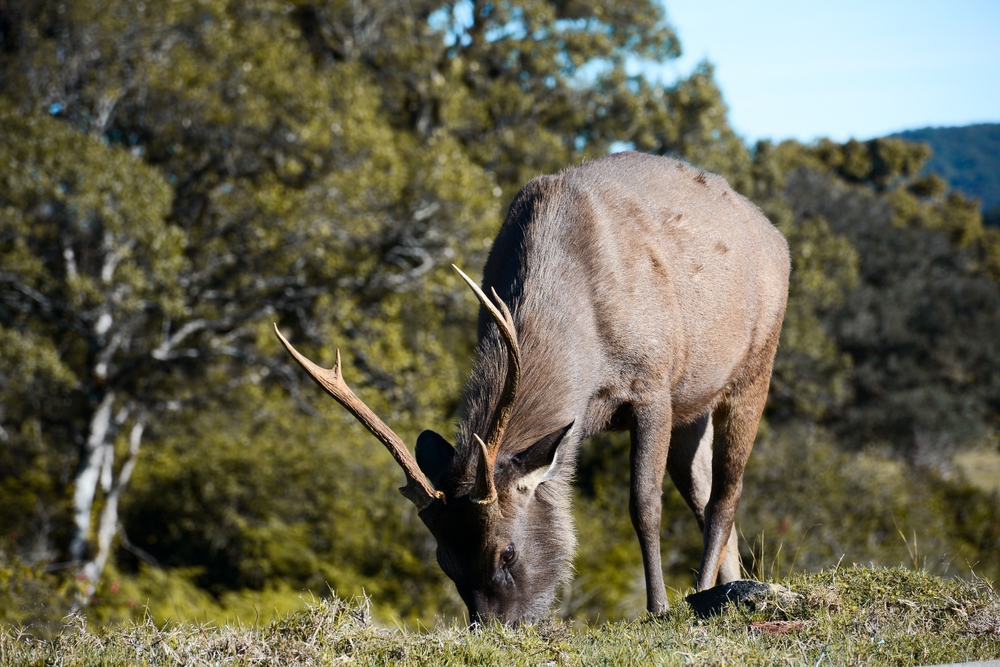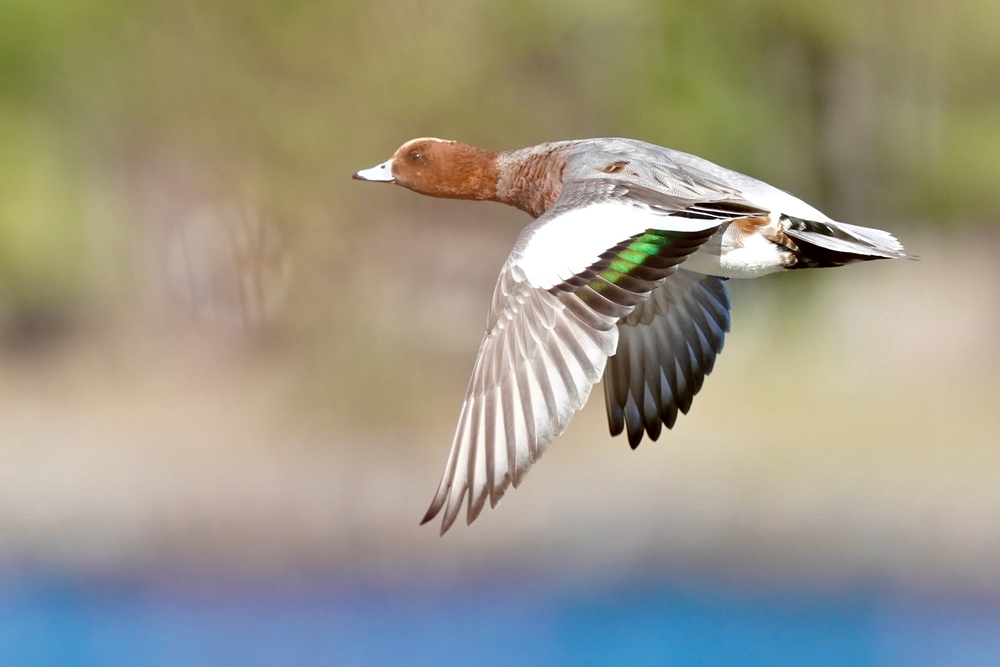Kumana Overview
Kumana National Park, locally known as Kumana Rasthiyaka Uyana, is one of Sri Lanka’s most renowned wildlife sanctuaries, situated in the Eastern Province. Covering an area of approximately 141 square miles (365 square kilometers), the park is located southeast of Arugam Bay and forms part of the eastern boundary of the larger Yala National Park. Established in 1938 and officially declared a national park in 1970, Kumana is a haven for biodiversity and a treasure trove of natural wonders. Its location near the Indian Ocean adds to its unique mix of coastal and inland ecosystems.
The terrain of Kumana is a mix of dry zone landscapes, with its most striking feature being the extensive network of wetlands, lagoons, and tanks that dominate the park. The Kumana Villu, a 200-hectare natural swamp that fills during the monsoon season, serves as a magnet for migratory birds and wildlife. The landscape also includes dense mangroves, thorny scrub jungles, open grasslands, and scattered rocky outcrops. Among its most prominent geographical features is the Kumbukkan Oya River, which flows through the park, and the towering Kudumbigala Rock Hermitage, an ancient monastery offering panoramic views of the surrounding wilderness.
Wildlife enthusiasts are drawn to Kumana for its vibrant diversity of species. The park is especially famous for its avian population, with over 200 recorded bird species. During the migratory season, the park transforms into a bird-watcher’s paradise, attracting species like the black-necked stork, greater flamingo, and painted stork. Mammals such as elephants, leopards, and sloth bears roam the park, while spotted deer and wild boars are more frequently seen in the open plains. Reptiles, including mugger crocodiles and various snake species, thrive in the wetlands and forested areas. The park’s rich vegetation supports this abundance of wildlife, offering a mix of food sources and shelter.
Kumana’s popularity stems from its pristine beauty and opportunities for wildlife observation. The lagoons and villus serve as feeding and breeding grounds for birds, while safari tours provide visitors with a chance to witness the park’s iconic animals in their natural habitat. Photographers and nature lovers often seek out the secluded corners of the park, and the Kudumbigala Rock Hermitage offers both a cultural and spiritual experience.
Visitors can explore Kumana through guided jeep safaris, which navigate the park’s rugged terrain and allow access to prime wildlife-watching spots. Seasonal birdwatching tours are particularly popular, as are treks to historical sites within the park boundaries. While the park remains a serene retreat, conservation challenges such as illegal fishing, poaching, and habitat encroachment have posed threats to its delicate ecosystems. However, initiatives led by the Sri Lankan government and local conservationists have yielded successes, including reforestation efforts and increased patrols to curb illegal activities.
Kumana National Park is a testament to Sri Lanka’s commitment to preserving its rich biodiversity and offers an unforgettable experience for those seeking to connect with the natural world.








































































